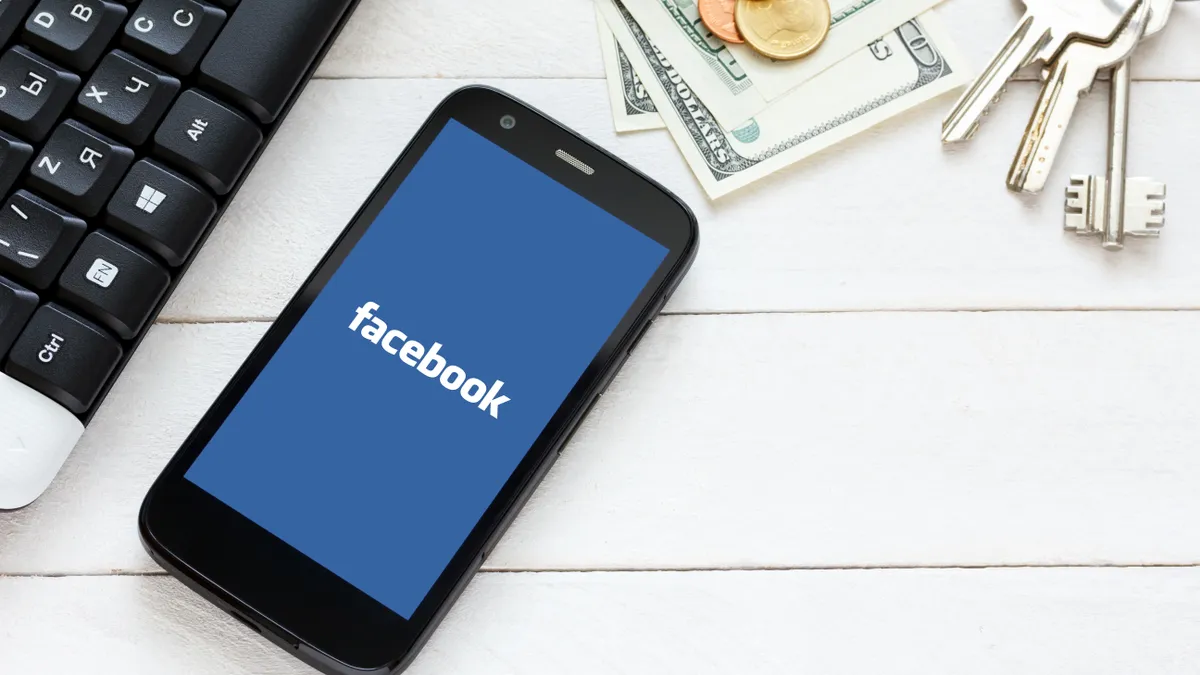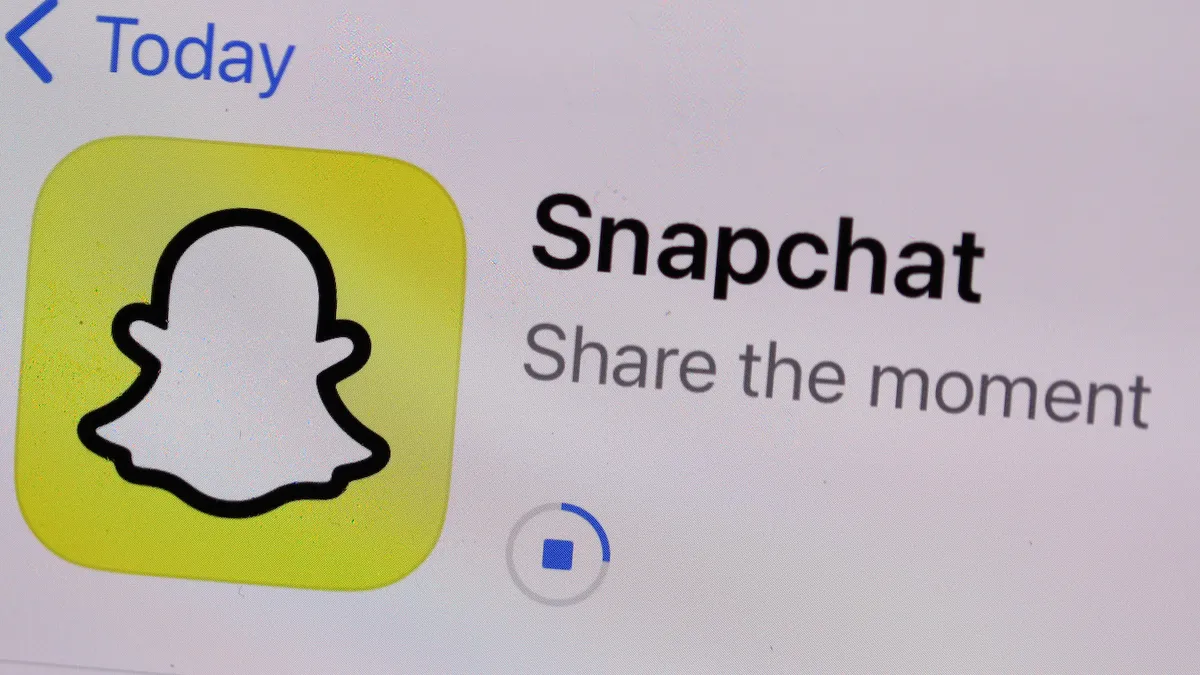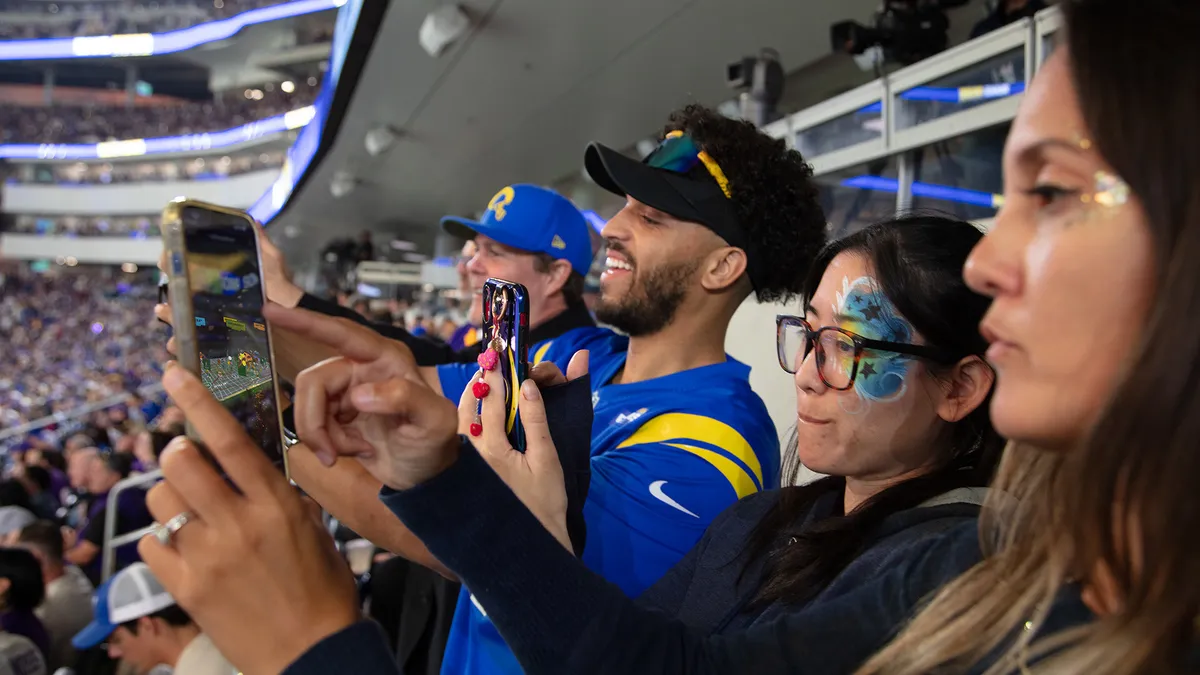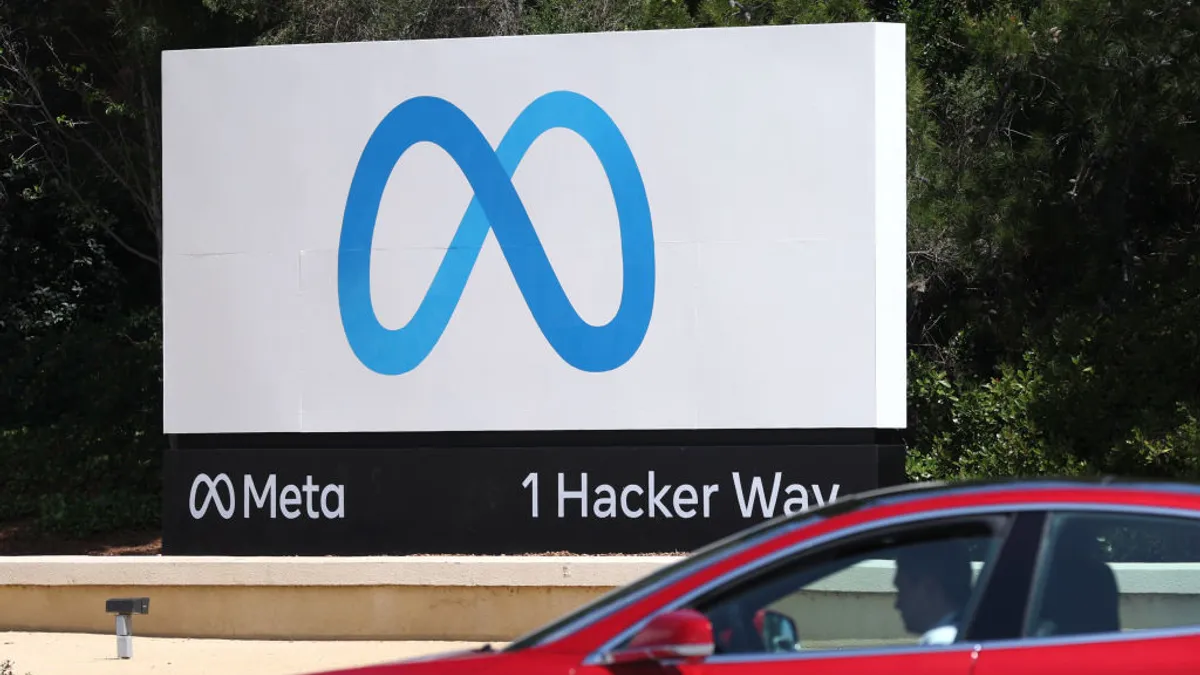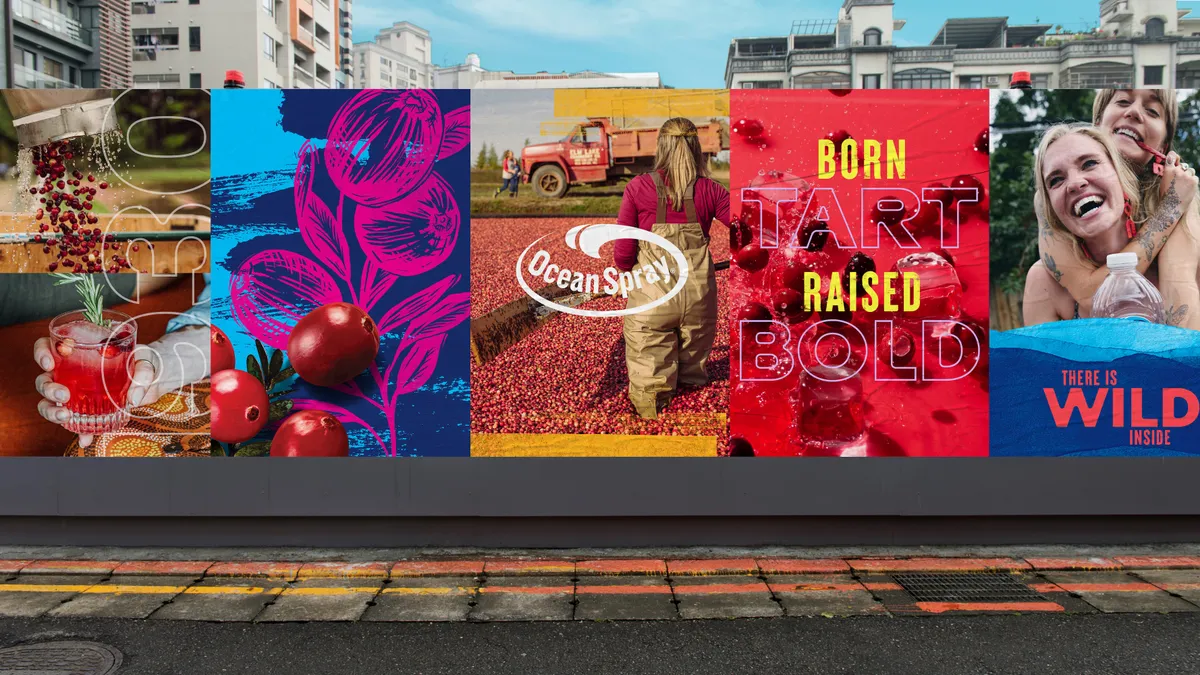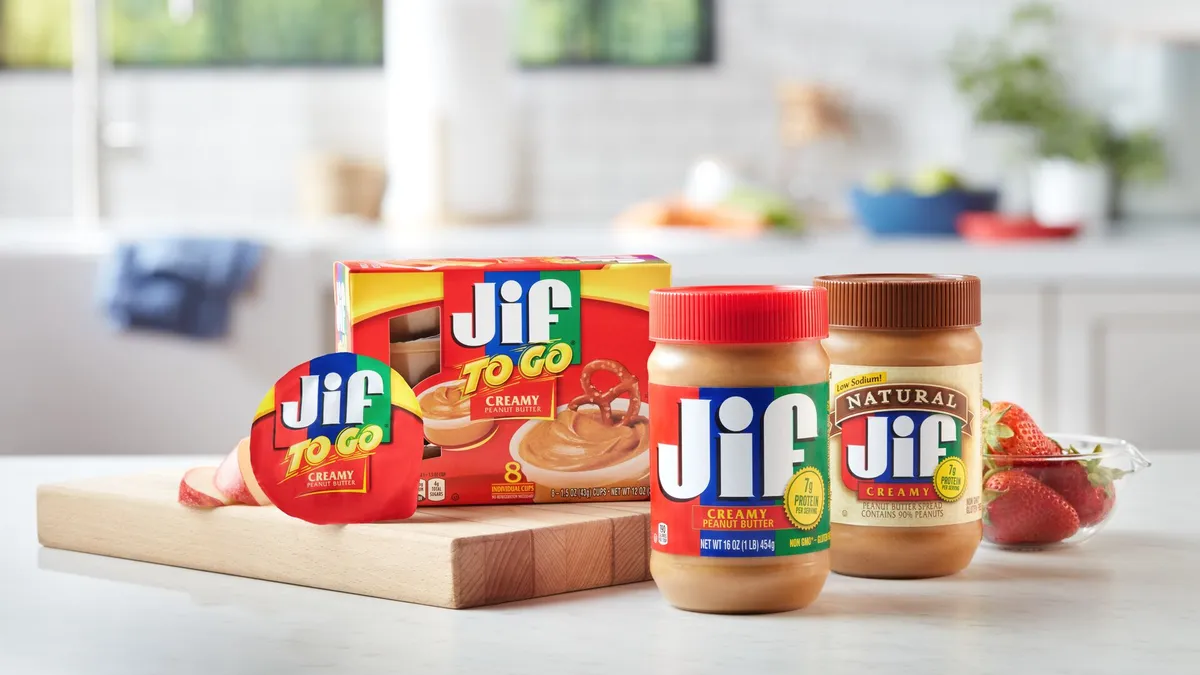Facebook mobile users are likely going to be pleased to see lightning bolts pop up on their news feeds, as those indicate an Instant Article, meaning faster load times and mobile-friendly layouts for optimized reading. However, the tech tighten can expect to see competition ramp up as rivals enter the space.
The social network's Instant Articles feature was designed to offer a quicker and more seamless experience for its users when accessing publishers’ content. How it works is that Facebook hosts entire articles offered in Instant Articles, giving it more control over how fast the content loads for users, and avoids having to send those users outside of the Facebook platform to the publisher’s website. This week, Facebook launched the Instant Article experience for Apple iPhones.
Michael Reckhow, product manager at Facebook, wrote in a blog post the Instant Articles expansion to iPhone, “Starting today, people will see a lightning bolt on the top right corner of some stories shared in News Feed. The lightning bolt indicates it’s an Instant Article. When you tap the story, it loads ten times faster than a standard mobile web article.”
A change that stands out in the statement is a notable increase in the number of publishers and articles available in Instant Articles – the post touted "thousands of articles published daily." According to Facebook, Instant Articles "were designed to give publishers full control over the look of their stories and include features that bring stories to life in new ways.”
The service launched with a test of just nine publishers with the plan to gradually expand. A Facebook spokesperson told the Wall Street Journal earlier this summer, “This was always our plan – we are intentionally rolling this out slowly in order to gather feedback and make improvements with a goal to scale this to additional publishers in the coming months.”
One publisher that went all-in with the service was the Washington Post, announcing in late September it would make its entire daily output – around 1,200 articles and wire reports available via Instant Articles. Publisher Fred Ryan said at the time, “We were fine with not imposing limits on the amount of content. We figured, if you’re in, you’re in.” Adding, "The Post has seen explosive growth in readership over the past year, particularly on mobile phones and among Millennials. Working with partners like Facebook allows us to further attract and engage those readers."
However, Facebook isn’t alone with the concept
Facebook Instant Articles is similar to Snapchat’s Discover portal, although it now features quite a few publishers than Snapchat’s current limit of 15. And while both of those offerings are something of “walled gardens” for users and publishers alike since the content is fully hosted by Facebook and Snapchat, Google and Twitter have taken a different approach through an open source effort called Accelerated Mobile Pages project (AMP).
A key difference with AMP is the mobile content will be served from Google’s cache via special code on publishers’ websites that cut load times for those pages between 15% and 85% in initial tests. And because the content being served was initially hosted by the publishers and not Google or Twitter, ad links and other revenue generators for the publishers will remain in place, both making them money and giving marketers more (and longer) exposure for those ads.
Because AMP is an open source project and not branded by either Google or Twitter, anyone can use the technology. In addition, it gives publishers control over how their content is viewed by visitors as well as providing an opportunity to drive traffic back to the main website from those viewers.
What publishers are now in the Instant Articles fold?
Instant Articles' current core publishers include: the New York Times, National Geographic, BuzzFeed, NBC News, the Atlantic, MTV, Slate, Cosmopolitan, DailyMail.com, the Huffington Post, the Dodo, Mic, Vox Media and, of course, the Washington Post.
With the announcement that iPhone users now have access to the service, Facebook also released a laundry list of publishers that will join Instant Articles and greatly expand the amount and scope of content offered:
Billboard, Billy Penn, The Blaze, Bleacher Report, Breitbart, Brit + Co, Business Insider, Bustle, CBS News, CBS Sports, CNET, Complex, Country Living, Cracked, Daily Dot, E! News, Elite Daily, Entertainment Weekly, Gannett, Good Housekeeping, Fox Sports, Harper’s Bazaar, Hollywood Life, Hollywood Reporter, IJ Review, Little Things, Mashable, Mental Floss, mindbodygreen, MLB, MoviePilot, NBA, NY Post, the Onion, Opposing Views, People, Pop Sugar, Rare, Refinery 29, Rolling Stone, Seventeen, TIME, Uproxx, US Magazine, USA Today, Variety, the Verge and The Weather Channel.


